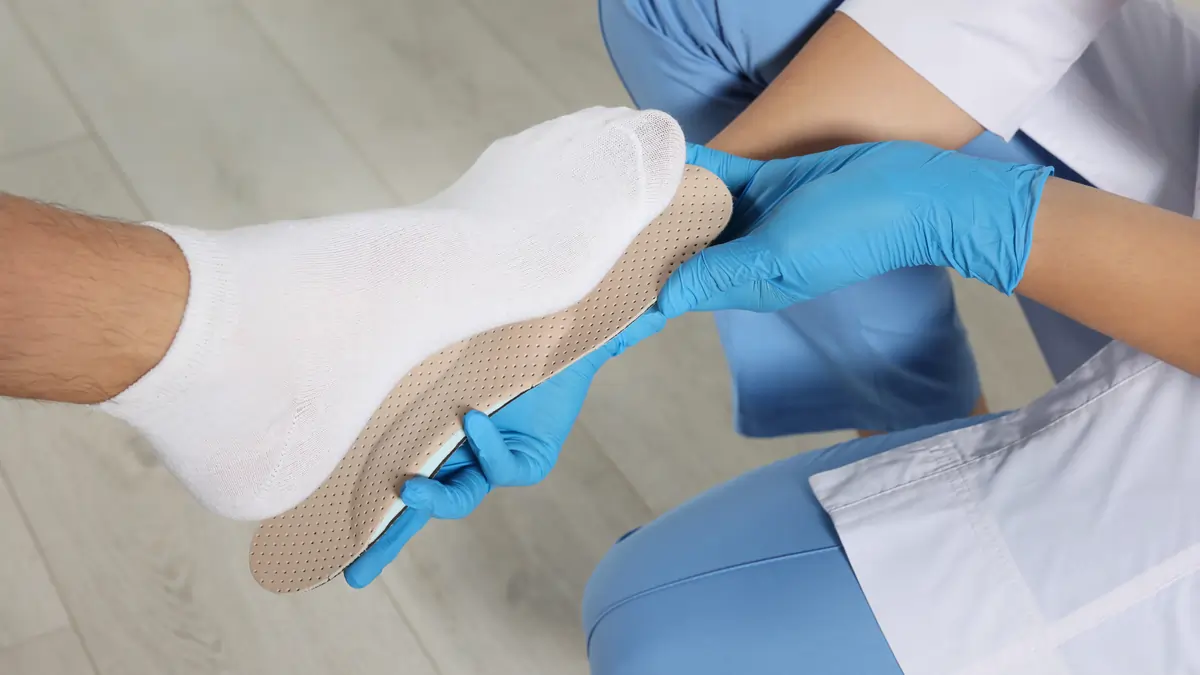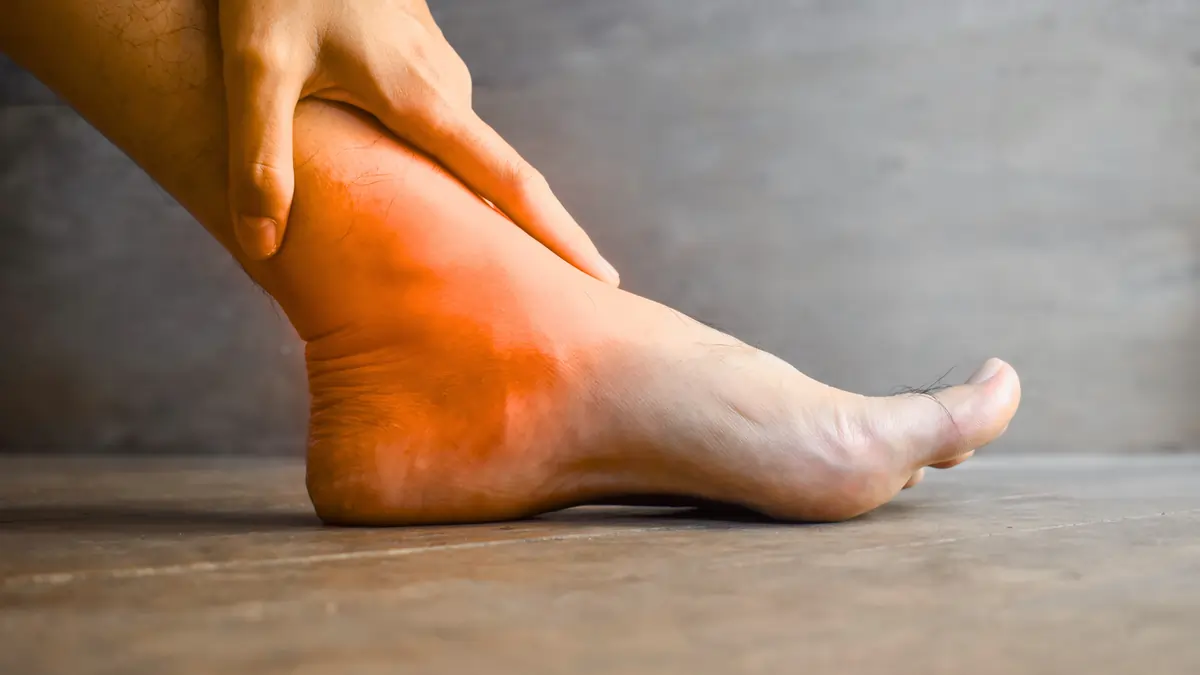Do you suspect you might be suffering from plantar fasciitis? Here are five things you need to know about plantar fasciitis and treatment.
1. How is plantar fasciitis caused?
Most cases of plantar fasciitis are caused by aging, weight gain or excess weight, wearing the wrong type of shoes, and exercising more frequently or for longer intervals. Reid says individuals who have high arches or flat, flexible feet are most commonly affected by plantar fasciitis, and 71 percent of all individuals who wear high heels on a regular basis also tend to suffer from plantar fasciitis. The heel condition can also be triggered by calcium deposits in the heel bone, which can put excess strain on the ligaments that stretch across the bottom of the foot. Reid estimates that approximately 40 percent of all her patients suffer from plantar fasciitis.
2. What type of shoes can help prevent and treat plantar fasciitis?
Since plantar fasciitis is often caused by wearing poorly-fitting shoes, most patients report relief after wearing shoes that help stabilize their heels. If your heels hurt when wearing certain shoes, press down on the back of your shoe near the heel to verify that the shoe is firm enough to stabilize your heel. If not, buy heel cup inserts or buy a new pair of shoes that fit more comfortably. According to Reid, 14 percent of all plantar fasciitis patients report experiencing relief after swapping out their shoes.
3. What is the best treatment for plantar fasciitis?
If wearing new shoes doesn’t alleviate your heel pain, make an appointment with your podiatrist as soon as possible. Your foot doctor can fully assess your heel pain to verify whether you’re experiencing plantar fasciitis or another foot problem, and prescribe the necessary course of treatment. Your podiatrist may recommend that you start wearing custom orthotics in your everyday shoes, or recommend foot taping, nonsteroidal medications, or cortizone injections. In severe cases, your podiatrist could recommend plantar fascial release, which is a type of surgery in which the plantar fascial ligament is detached from the heel bone for the sake of pain relief.
4. What types of stretches can help relieve heel pain?
While stretching and exercise may not prevent sore heels and reverse plantar fasciitis, stretching can help ease and relieve aches and pains associated with the foot condition. Perform the following stretching exercise to relieve plantar fasciitis:
- Cross your left leg over your right knee, and grab your toes with your left hand.
- Press your left foot toward your left knee, and hold for approximately three seconds.
- Release the stretch, and pull your left foot away from your knee.
- Repeat this stretch five times on each leg.
5. When should I see a podiatrist?
If you start experiencing sudden severe heel pain out of the blue, make an appointment with your podiatrist as soon as possible. This is especially important for athletes, since complete rupture of the plantar fascia can lead to major setbacks and recovery that could take several weeks. In some cases, patients may be required to wear a boot and use crutches until the plantar fascia is completed healed.
Are you suffering from major heel pain? Call Kansas City Foot Specialists to schedule an evaluation at (913) 338-4440 so we can determine the cause of your injury and get you back on your feet.



